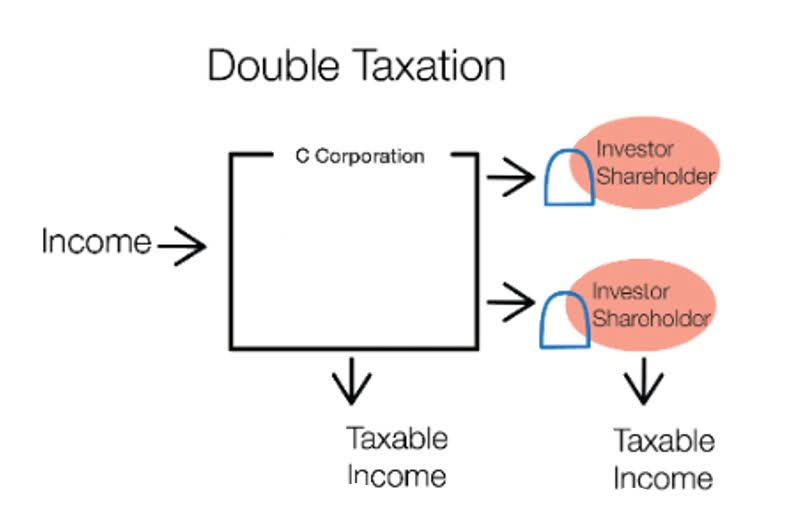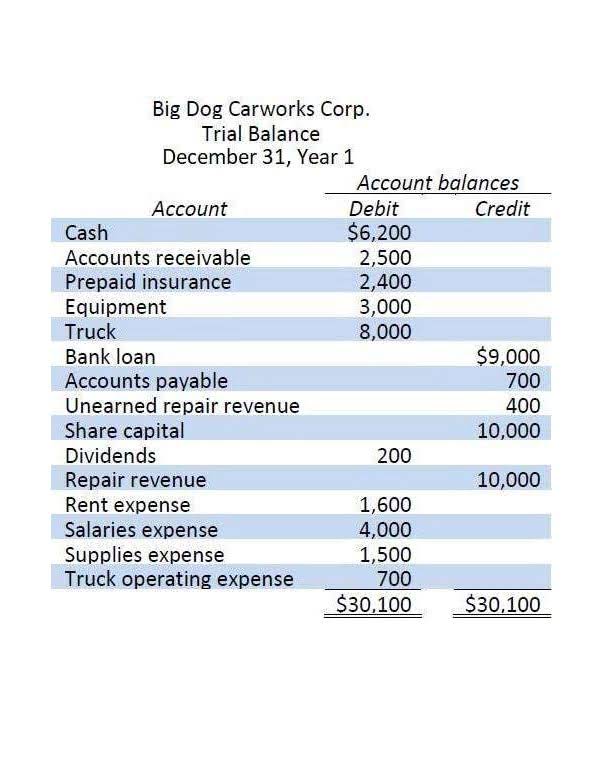
However, if the market interest rate rises to 6%, the bond is worth less than its face value, because it pays a lower coupon than the market rate. The bond’s price will drop to $923.61, which is the present value of its cash flows discounted at 6%. This is because the carrying value of bonds payable equal bonds payable minus bonds discount or the bonds payable plus bond premium. Hence, once the balance of bond discount or bond premium becomes zero, the carrying value of the bonds payable will equal the balance of bonds payable itself which is the face value of the bonds. In other words, we amortize the bond discount or bond premium to eliminate the discount or premium amount of the issued bond by transferring it to the interest expense account.

Journal Entries for Interest Expense – Annual Financial Statements
Constructing the amortization schedule is a crucial step in understanding the mechanics of bond investments. This process allows investors to dissect the periodic payments made on a bond, separating them into principal and interest components. Such insight is invaluable for those aiming to master the intricacies of bond investment. This section of our guide will delve into the nitty-gritty of constructing the amortization schedule, focusing on the division of payments into principal and interest. Bond amortization is a necessary process that ensures the accurate valuation of bonds and the proper allocation of interest expense. It plays a crucial role in both the issuer’s financial statements and the investor’s return on investment.
Present Value of the Bond’s Maturity Amount
To calculate the present value of the single maturity amount, you discount the $100,000 by the semiannual market interest rate. We will use the Present Value of 1 Table (PV of 1 Table) for our calculations. Always use the market interest rate to discount the bond’s interest payments and maturity amount to their present value. In our example, the bond discount of $3,851 results from the corporation receiving only $96,149 from investors, but having to pay the investors $100,000 on the date that the bond matures. The discount of $3,851 is treated as an additional interest expense over the life of the bonds.
Discount Purchase

The effective-interest method requires a financial calculator or spreadsheet software to derive. On the other hand, a tax-conscious investor might focus on the tax implications of premium amortization. In many jurisdictions, the amortized amount Bookkeeping vs. Accounting can be deducted annually, reducing taxable income.
Issued at a Discount

It’s a vital tool for investors, issuers, and analysts alike, offering a common ground for evaluating different bonds on an apples-to-apples basis. Understanding and accurately calculating YTM can significantly impact investment decisions and strategies. The lower the coupon rate of the bond, the more sensitive it is to interest rate changes. This is because the lower the coupon rate, the more the bond’s value https://gammadesk.com/new-york-income-tax-calculator/ depends on the face value, which is paid at maturity.
Amortization of bond premium using straight-line method

The amortization can reduce the amount of reported interest expense, potentially improving the company’s financial ratios and attractiveness to investors. For example, consider a municipality that issued 20-year bonds with a 5% coupon rate and a 10-year call provision. If interest rates drop significantly after 10 years, the municipality might refinance the bonds at a lower rate. The amortization of the premium paid by investors will be accelerated if the bonds are called early, which could lead to different yield calculations than initially anticipated. From a financial planning standpoint, premium municipal bonds can serve as a tool for income smoothing. As the bond’s premium is amortized, the investor effectively receives a return of capital along with the interest payments, which can result in a more consistent income stream.
- If any of these quantities are missing, calculate out the missing value before completing the accumulation of the discount schedule.
- Suppose an investor purchases a municipal bond for $10,500, which has a face value of $10,000 and matures in 10 years.
- When market interest rates decrease, for any given bond, the fixed coupon rate is higher relative to other bonds in the market.
- It is reasonable that a bond promising to pay 9% interest will sell for more than its face value when the market is expecting to earn only 8% interest.
- So, the bondholder will get the interest for this unpaid amount at the market rate (8%).
- On the other hand, a tax-conscious investor might focus on the tax implications of premium amortization.
- Because actual cash proceeds are $9,852,591, the bank is debited by this amount and the balancing figure is attributable to bond discount.
The amortization worksheet on a financial calculator, such as the TI BAII Plus, can be used to quickly calculate the entries for each row of the schedule. Because no other information is given, the frequency of the payments and the compounding frequencies (for the coupon rate and the yield rate) are assumed to be semi-annual. Companies do not always issue bonds on the date they start to bear interest. Regardless of when the bonds are physically issued, interest starts to accrue from the most recent interest date.
Amortization of bond discount using effective interest rate
To account for this overpayment, investors can use a method called bond premium amortization. This process involves gradually reducing the bond’s cost basis by the premium amount over the bond’s remaining life. Amortization systematically allocates a portion of the premium to each interest payment period.
- In this section, we will delve into the calculation of bond amortization, which is a crucial aspect of understanding how bond values change over time.
- Understanding these factors is essential for investors who are looking to maximize their returns and manage their risk exposure effectively.
- A bond, which is a limited-life intangible asset, is essentially a loan agreement between the issuer of the bond (i.e., corporation, government, or municipality) and the bond holder.
- The accounting term that means an entry will be made on the left side of an account.
Generally, a bond will come with a face value of $1,000 or some other round number. Based on market conditions, the price could be less than or greater than $1,000. A bond is a type of fixed-income investment that represents a loan made from a lender (investor) to a borrower.
For long-term investors, this can result in a more favorable after-tax yield compared to other fixed-income investments. This refers to the gradual reduction of the bond’s premium over its premium bond amortization table life until it reaches its par value at maturity. The IRS requires that the premium be amortized for tax purposes, which can affect the investor’s taxable income.